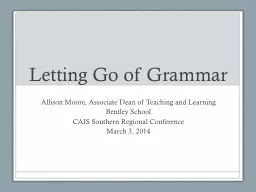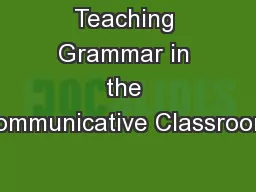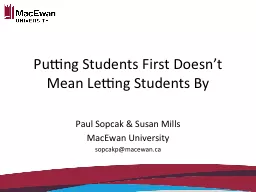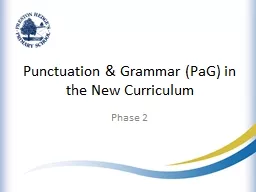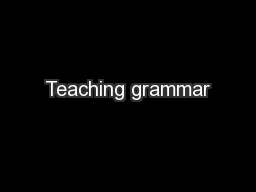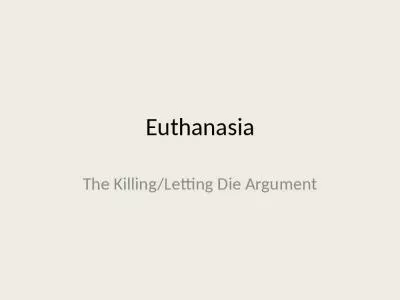PPT-Letting Go of Grammar
Author : sherrill-nordquist | Published Date : 2016-05-22
Allison Moore Associate Dean of Teaching and Learning Bentley School CAIS Southern Regional Conference March 3 2014 A language teachers dilemma Overview for
Presentation Embed Code
Download Presentation
Download Presentation The PPT/PDF document "Letting Go of Grammar" is the property of its rightful owner. Permission is granted to download and print the materials on this website for personal, non-commercial use only, and to display it on your personal computer provided you do not modify the materials and that you retain all copyright notices contained in the materials. By downloading content from our website, you accept the terms of this agreement.
Letting Go of Grammar: Transcript
Download Rules Of Document
"Letting Go of Grammar"The content belongs to its owner. You may download and print it for personal use, without modification, and keep all copyright notices. By downloading, you agree to these terms.
Related Documents

